Archeologists Believe the Fortress Found Outside of Jerusalem Is Evidence of King David’s Kingdom
Jerusalem and the surrounding areas are home to many incredible historical sites that help archeologists and academics understand what the world looked like during Biblical times.
And many believe that one site in particular, named Khirbet Qeiyafa, or the Elah Fortress, has proved the theory of the United Monarchy of the 10th century BCE.
The Khirbet Qeiyafa Site
The ancient city of Khirbet Qeiyafa overlooks the Elah Valley just 20 miles outside of the city of Jerusalem.

Source: Wikipedia
Thanks to years of intense archeological research, they now know that this city was built during the first half of the 10th century BCE during the time of David and Solomon.
The Amazing Elah Fortress
The awe-inspiring ancient fortress is exceptionally impressive as it has a 2,300-foot surrounding wall, a great palace in the center, and even a ginormous store room with hundreds of jars carrying the royal seal.
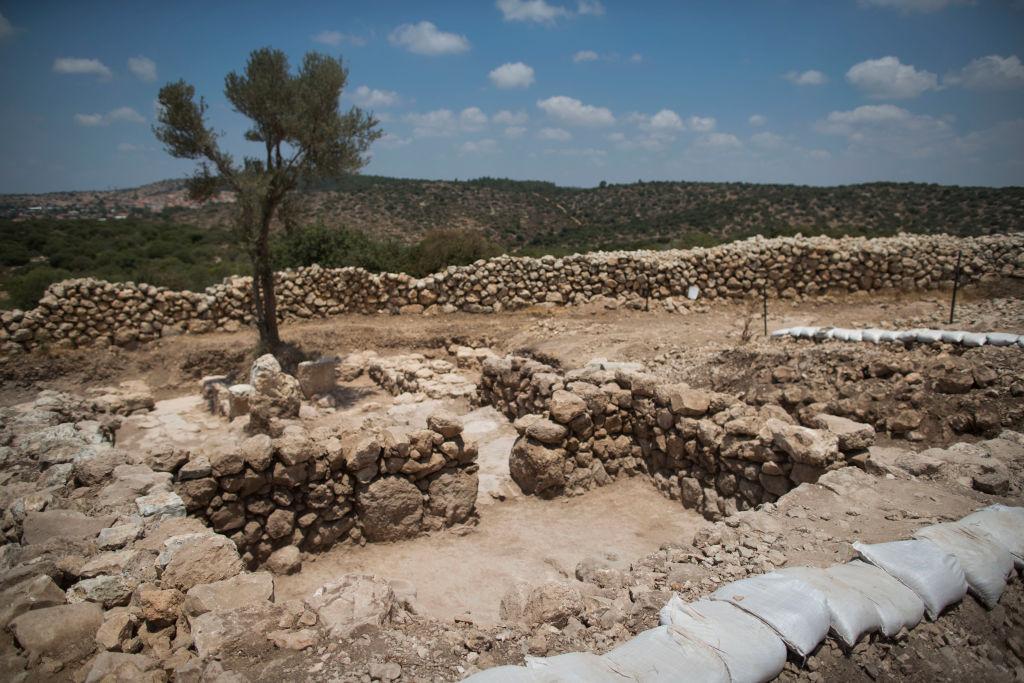
Source: Uriel Sinai/Getty Images
Since being excavated, the site has sparked an intense debate among Biblical historians and archeologists. Some believe that it proves the United Monarchy theory, while others disagree wholeheartedly.
Understanding the United Monarchy Theory
Before diving into the current debate, it’s first important to understand exactly what the United Monarchy theory is.
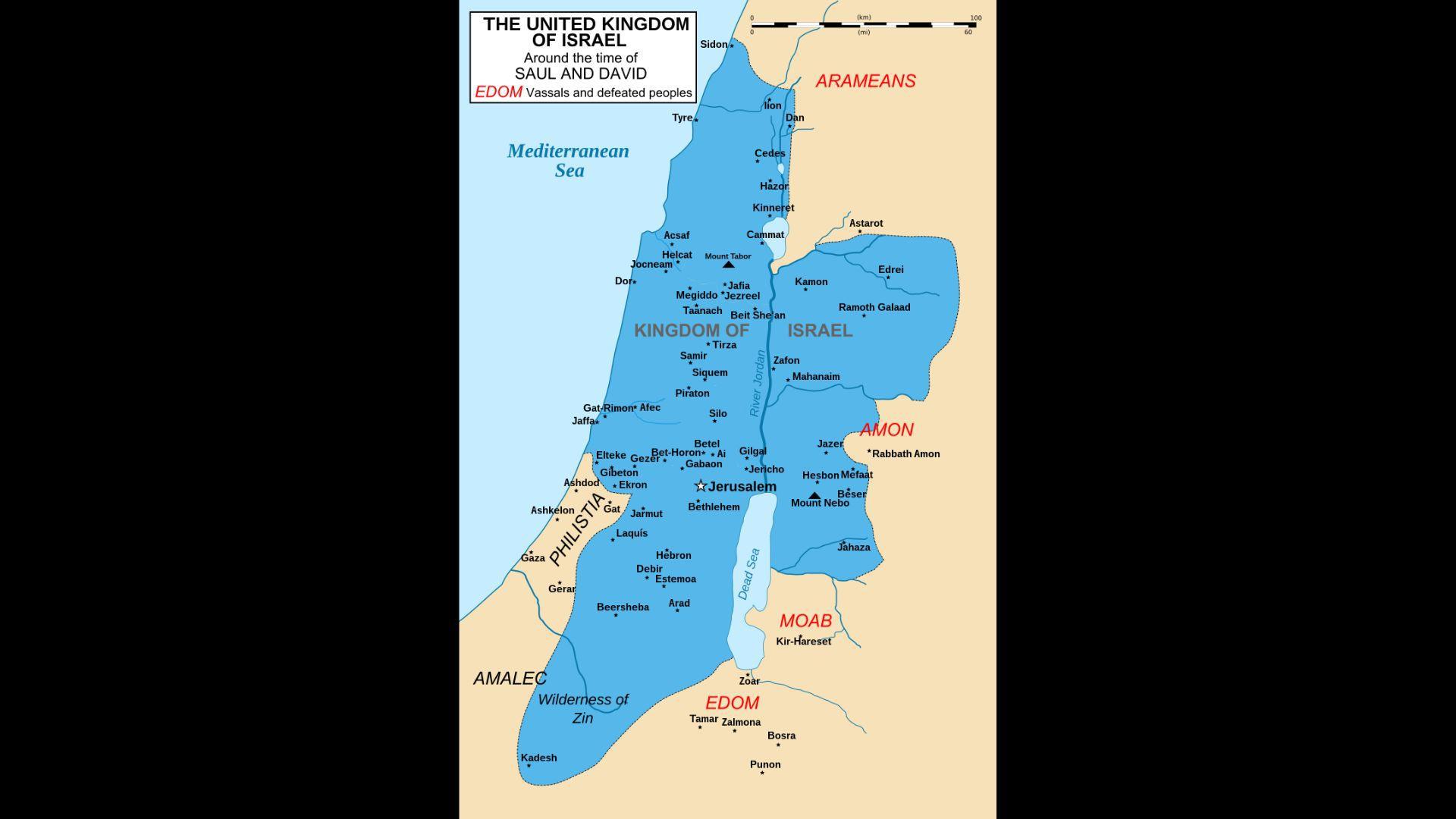
Source: Wikipedia
Essentially, this idea claims that the Kingdom of Israel, from 1047 to 930 BCE, included the Kingdom of Judah as well as the Samarian Kingdom of Israel. And that the entire kingdom was ruled by three kings in sequential order: Saul in the late 11th century, David throughout the later 10th century, and finally, Solomon in the mid-10th century.
Some Believe the Area Was Made Up of Smaller Territories Rather Than a Giant Kingdom
However, there are others who believe that there was never a giant kingdom but, instead, several small fortress-type cities.
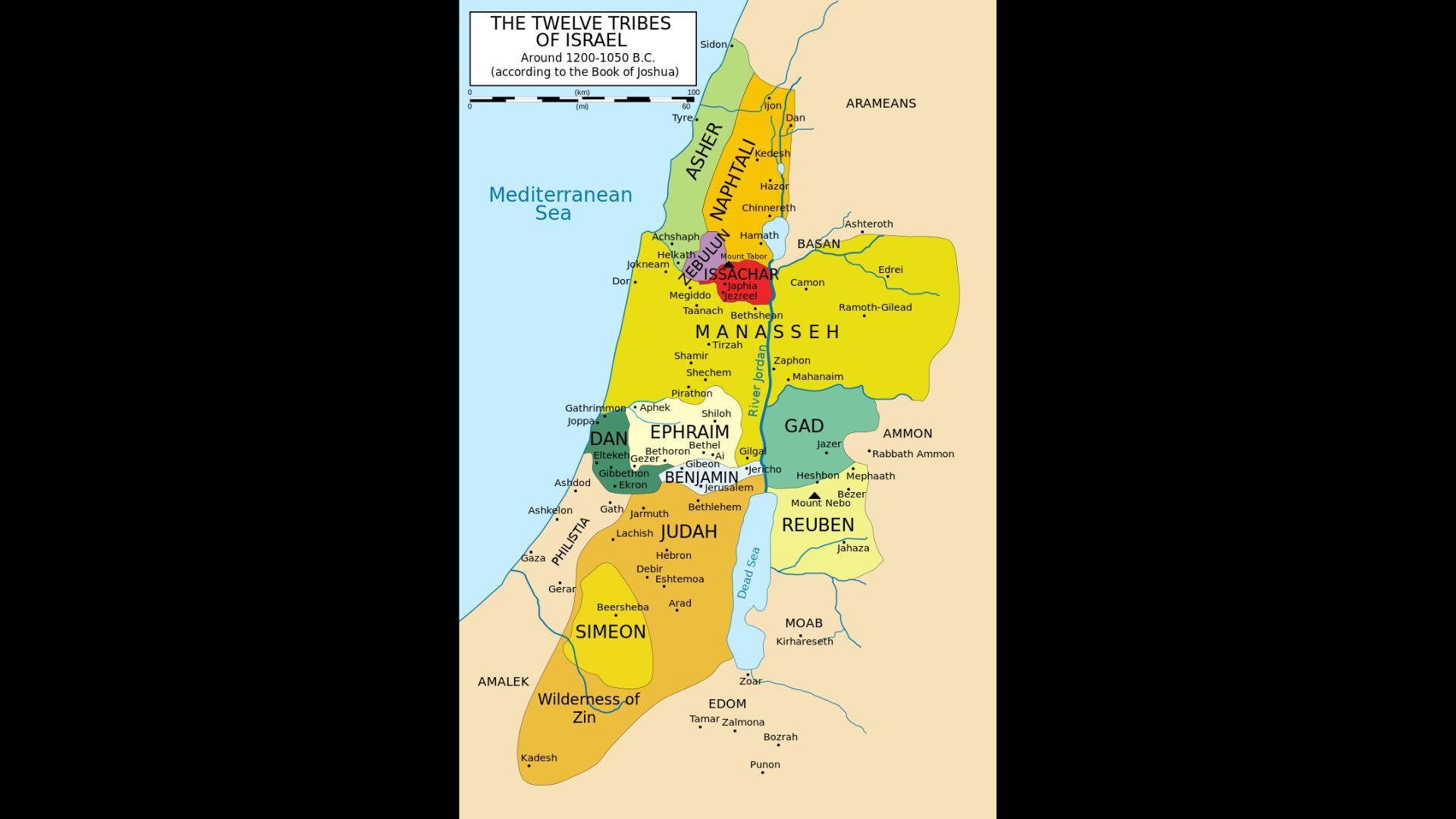
Source: Wikipedia
And those who believe in this theory argue that famous Biblical men such as Solomon and David were actually more like local chieftains instead of kings, and that their time in power overlapped.
Yosef Garfinkel’s Professional Opinion
Professor and archeologist Yosef Garfinkel, who headed the dig at Khirbet Qeiyafa, is sure that this fortress confirms the United Monarchy theory.
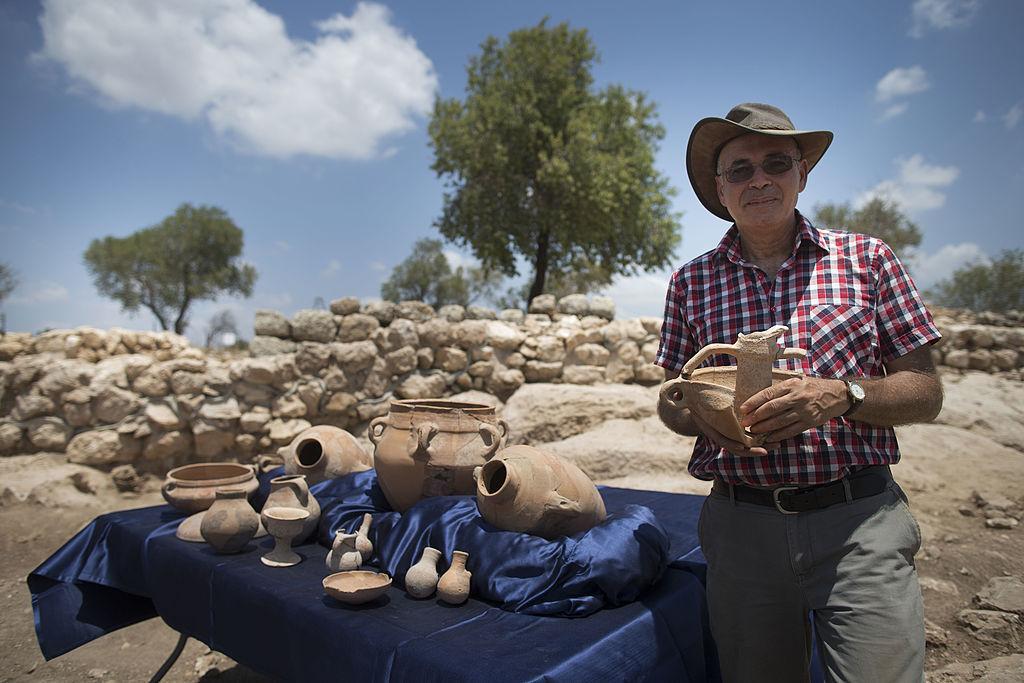
Source: Uriel Sinai/Getty Images
He and other academics believe that the Elah Fortress is one of the many fortified locations around Jerusalem that organized and protected the giant nation, as they were all linked by man-made roads and had almost identical designs.
The Many Fortified Cities of the Ancient World
The fortified locations that Garfinkel is referring to have been found all around the modern city of Jerusalem.
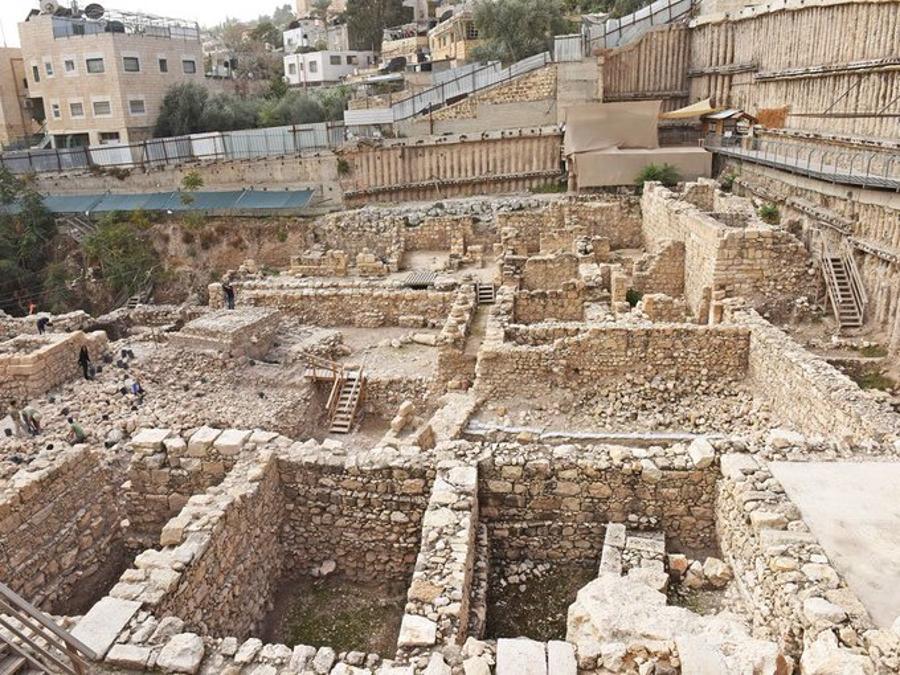
Source: @Britannica/X
Over the years, five different but similar sites have been found and excavated, and Garfinkel believes that, thanks to their findings at the Elah Fortress, they now have concrete evidence that they are all related in their location, construction, and timeframe.
What Yosef Garfinkel Has to Say About Khirbet Qeiyafa
Professor Garfinkel explained in his paper, “If you take all these sites, they have the same urban concept, they are all sitting on the border of the kingdom and sitting where you have a main road leading to the kingdom.”
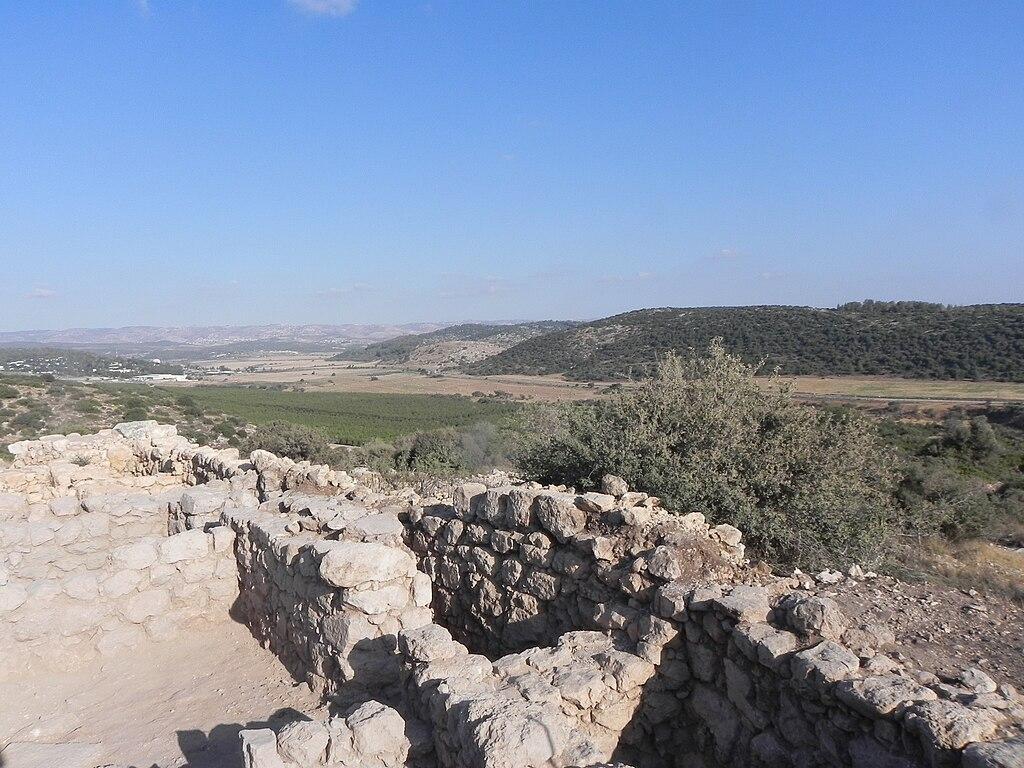
Source: Wikipedia
And continued, “These cities aren’t located in the middle of nowhere. It’s a pattern of urbanism with the same urban concept.”
Israel Finkelstein Disagrees With Garfinkel’s Theory
However, other scholars, such as Israel Finkelstein, a professor from Tel Aviv University, say that Garfinkel’s theory is circumstantial at best.
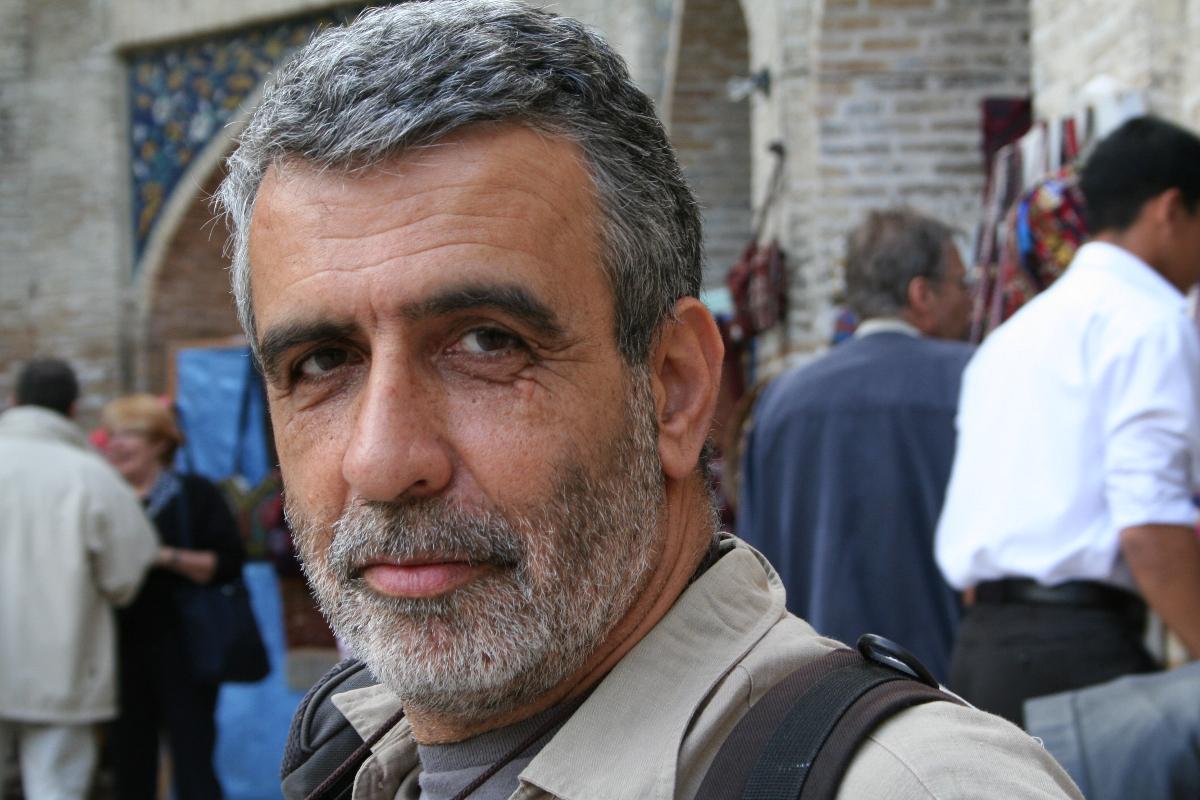
Source: Wikipedia
Finkelstein and his colleagues argue that the five sites surrounding the city of Jerusalem do not prove one giant kingdom as they cannot all be dated to the 10th century BCE. And if they were built during different time periods, it would confirm that there were several smaller collectives.
David and Solomon
Finkelstein also explains that while the Second Book of Samuel in the Bible states that the then-kingdom expanded from Egypt to the Euphrates River, he believes that David and Solomon each ruled small territories at the same time.

Source: The Print Collector/Getty Images
And as according to the Bible, David and Solomon were certainly alive at the same time and even interacted, this theory is widely believed by many who use the Bible as a historical document.
The Ongoing Debate About the Bible
The debate over the United Monarchy theory is part of a larger disagreement surrounding the Bible itself.

Source: Freepik
Some people, known as maximalists, base a great deal of importance on the exact words of the text. While others, known as minimalists, disagree that the Bible is, in fact, a historical document and, therefore, negate its use as evidence.
There Is No Concrete Answer to This Debate
The truth is that while archeologists such as Yosef Garfinkel are entirely sure that the Elah Fortress proves the giant Kingdom of David really did exist, there is no undisputed evidence to support the claim.
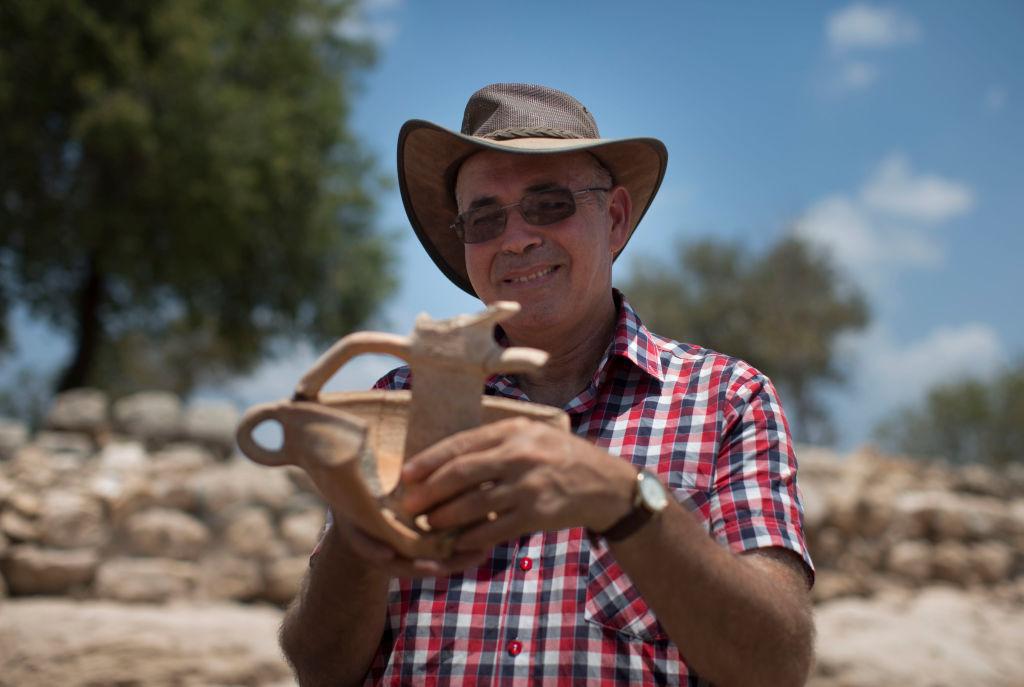
Source: Uriel Sinai/Getty Images
And until there is, this United Monarchy debate won’t be solved. Historians, academics, and archeologists alike will have to continue to speculate until they know for sure.
